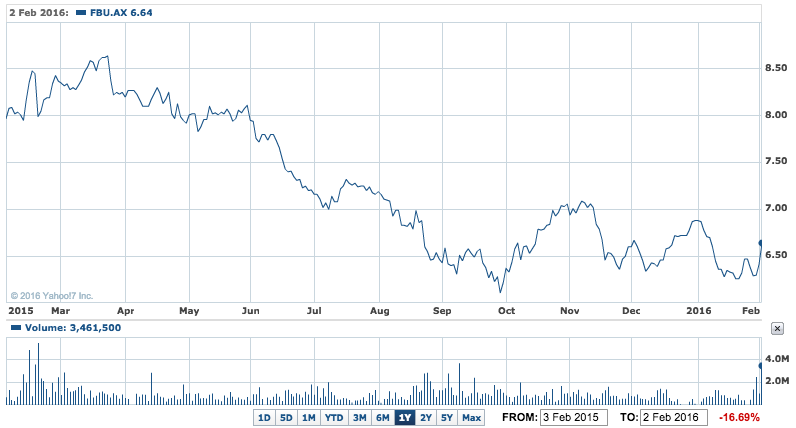Shares in Fletcher Building (FBU) rose nearly 4% yesterday on the news of a major expansion move and corporate revamp.
The company said yesterday it will buy NZ’s third biggest construction group, Higgins, in a $NZ315 million deal.
The news saw the shares rise 3.5% to $6.64.
FBU 1Y – Fletcher Building hits the road

In turn that deal, plus the sale of the Rocla Quarries business recently, has seen Fletcher reveal a revamp of its structure and new management teams.
Fletcher said that included in Higgins Group Holdings was a Fiji contracting business which will complement Fletcher’s operation in that country.
The deal will see the company acquire asphalt and bitumen plants, 16 operational quarries, and other related businesses including traffic sign manufacturing.
Higgins’ ready-mix concrete and property businesses are not included in the purchase. All up around 1,200 people employed by Higgins will move to Fletcher with the deal.
Higgins operates in NZ’s road construction and maintenance sector, an area of activity that Fletcher has been involved in as a supplier of products such as reinforcing bars and other steel products. Fletcher CEO, Mark Adamson said in a statement that Higgins was a logical choice, as the two companies had a history of working together for more than 25 years.
"We have signalled for some time our desire to extend our activities into the road construction and maintenance sector, where we have identified significant opportunity,” Mr Adamson said. Higgins reported $NZ391 million of revenue and a $NZ35m operating profit in the 2015 financial year. Earnings are forecast to reach $NZ450 million this financial year.
Fletcher said it expected the transaction, funded from its existing cash and debt facilities, to increase earnings a share from its first year of full ownership.
Fletcher also announced big changes to its divisional structure and leadership. The company will now be reorganised into five division: building products, international, distribution, residential and land development, and construction.
Mr Adamson said the new structure reflected changes to the portfolio, with a number of businesses divested over the past two years.
The company’s focus was on investing where it saw the strongest opportunity to further grow profits, while gaining operating efficiencies from grouping similar activities together.













